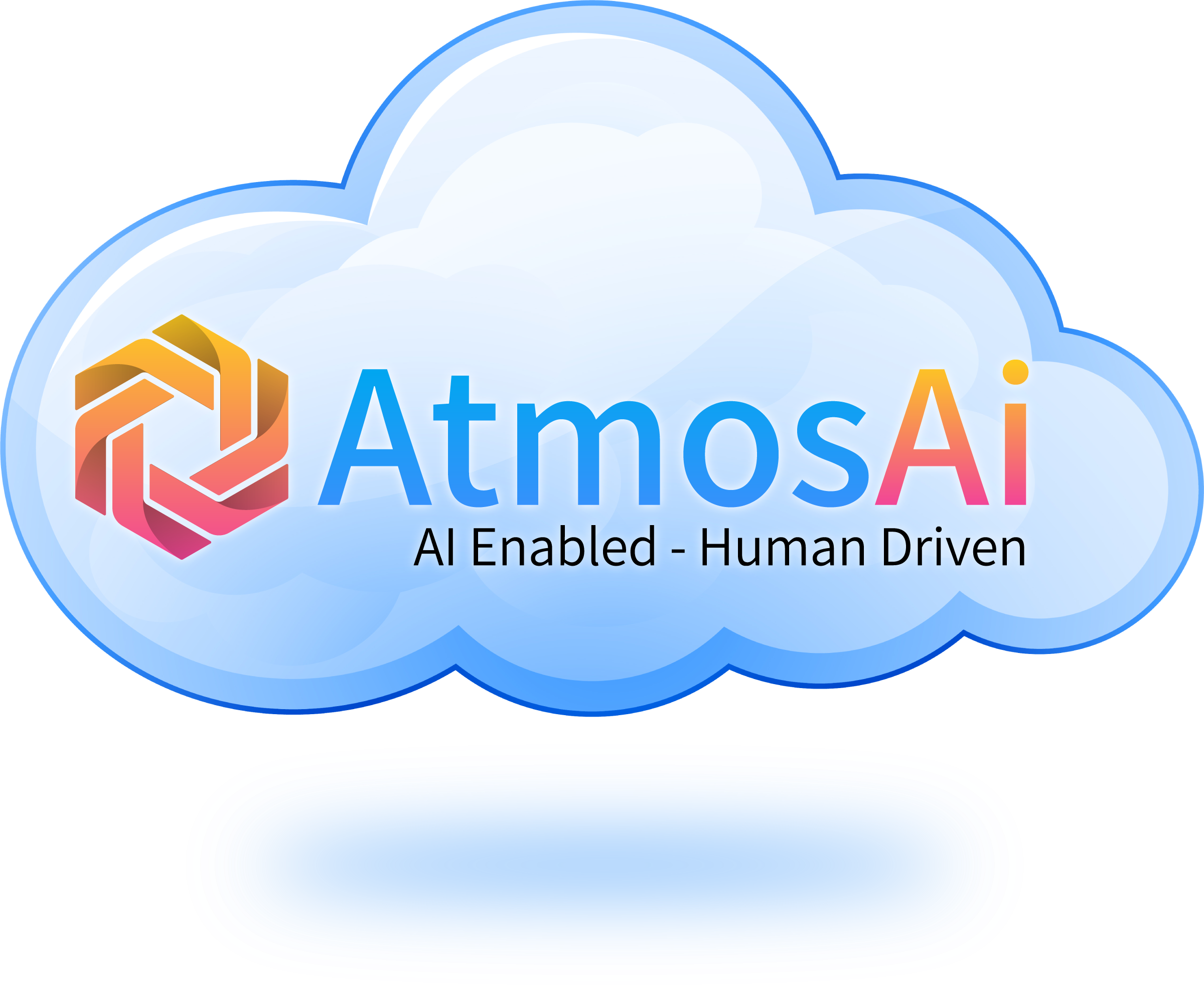Account permissions
- 5 min read
- Feature

Account permissions enable account administrators on the Enterprise plan to control and administer who has access to specific account features.
Continue reading to learn more!
Locating account permissions
To access account permissions, click on your profile picture in the lower-left corner of the screen and then select “Admin,” as shown below.

In the admin section, choose “Permissions” from the menu on the left, as shown below:

You will then be able to select, based on the user type, which of your account’s features are accessible to each user type. Below, we will detail precisely how this can be accomplished!
How to configure it
When enabling account permissions, you’ll be able to specify which account user types (administrator, member, viewer, and visitor) can perform which actions. Therefore, you can begin configuring permissions by selecting the user type you wish to apply the permissions to on the “Account permissions” screen’s left side:

After selecting the user type, you can select the permissions you wish to grant to that user type or deselect the permissions to withdraw that permission ability from the selected user type!
In the GIF below, for instance, we selected the “Member” user type and then deselected “Create private boards” and “Broadcast boards on the web” to delete these permissions from our team members. Additionally, we selected “Create main documents” and “Create private documents” to grant these permissions to members of our account.

Available account permission actions
With account permissions, you can determine who has access to conduct particular actions within your account. The list of available actions can be found in the table below:


Admin privilege permissions
We now offer the ability to customize the administrative permissions of account users! This is extremely useful if you want to give certain team members the ability to perform specific administrative tasks (such as administering account users, security, or invoicing) without granting them complete administrative access to your account.
Explain what each administrative privilege means.
Access the User management section: Permits users to access and manage everything within the User management section, including managing users and modifying their responsibilities, altering board ownership and automation ownership, and more. Note that some of the invite capabilities are restricted to full administrators.
Access the Security section: Permits users to access and manage everything under the Security area of the admin section, including login, audit logs, compliance, session management, emergency mode activation, and more. Remote SCIM user and team management are only available to account administrators.
Access the Billing section: Permits users to access and manage everything in the Billing area of the admin section, including managing the account plan type, defining the invoice settings and viewing previous invoices, changing the payment method, and setting billing contacts.
Access the Content Directory area: Permits users to access and manage everything in the Content Directory area of the admin section, including the complete catalog and fundamental information of all boards, documents, dashboards in the account, and more.
To access admin-level permissions, scroll all the way to the bottom of the account permissions section until the “Admin Privileges” section appears, as shown below.

Create custom roles
We are thrilled to announce a new game-changing capability for Enterprise accounts: role-based access control! Presenting…customized positions!
Using custom roles, Enterprise administrators can establish one-of-a-kind, account-level roles based on a user’s job title, department, or any other applicable definition and then designate permissions to that new role. This feature was developed with the intention of facilitating the effective administration of an account while granting employees the appropriate level of freedom within their domain.
How it works
The account’s existing roles are used to create custom roles, which can then be customized and allocated to any user.
As shown below, select the “New role” icon at the top of the interface to begin creating a new role.

Next, give your custom role a name and choose an existing role from which it will inherit permissions. If you select the existing role “Guest,” for instance, your new custom role will inherit the default permissions of a guest, such as the ability to only access shared boards. (amongst other Guest permissions as well).

Click “Create” to finalize the establishment of your new role when you’re finished! You can then designate this role to users through the user management section and modify this role’s permissions in the same manner as other account permissions.
Other permission types
In addition to the account permissions described in this article, SalesTitan also provides the following permission types:
- Board authorizations
- Column allowances
- and the Dashboard.
Learn more about these in the SalesTitan Permissions article. Check out the article on How to manage users on your account if you’re interested in learning more about managing your users.
For further questions, please visit our Knowledge Center. To view the Knowledge Center, click the Home Page icon the top right of your page, then select “Support” and make you way to “Help Center” in the bottom left. If you have additional questions, please feel free to contact our team by selecting the blue “Contact Us” button.


